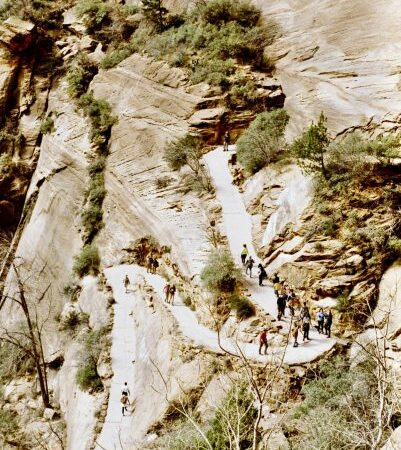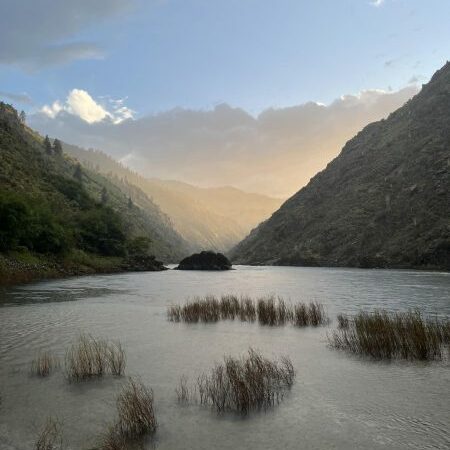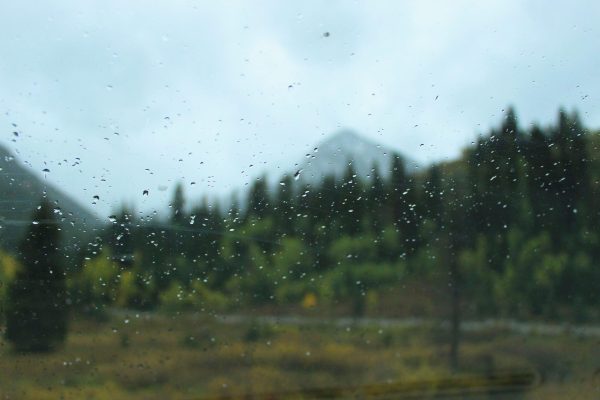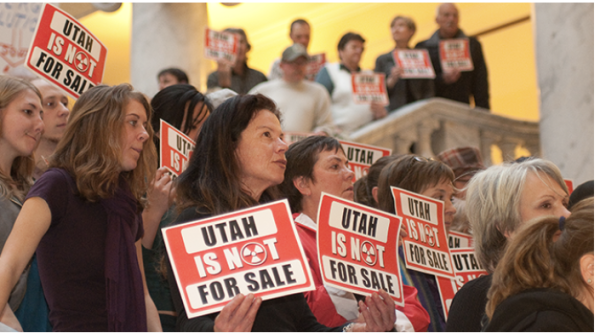The Winter of El Niño
On June 8th of this year, the National Oceanic and Atmospheric Administration announced that El Niño conditions would be present through this upcoming winter, with the possibility of it extending even longer. It has been 4 years since the last El Niño event occurred, and the current conditions predict much stronger impacts than the 2019 event. But, what is El Niño, and what does it mean?
In scientific terms, El Niño-Southern Oscillation is a weather pattern in which the surface of the Pacific Ocean (central and eastern tropics in particular) gets warmer. Trade winds–winds that blow east to west along the equator–have a massive impact on global weather; these winds weaken during El Niño. As a result, water (which is warmer than usual) gets pushed east, towards the western shores of North America. The weaker trade winds, paired with warmer than average ocean surface temperatures, creates the physical phenomenon convection, where the warmer and moisture-rich air rises above the cooler air. That’s El Niño in a nutshell.
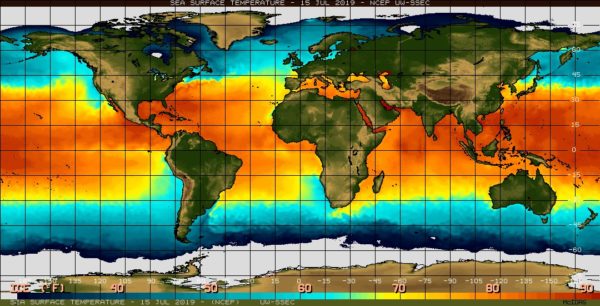
El Niño isn’t just a switch that turns on: it tends to be more gradual in nature. That is why winter is typically the season when the largest effects of this weather pattern is felt. However, this past August, hurricane Hilary hit the southwestern American shores very hard, generating a Category 4 hurricane. Just two months after the announcement of the impending El Niño season, extreme weather already has accumulated over the Pacific Ocean, severely impacting the lives of those on the coast of Mexico and the Baja California Peninsula. Days after it hit the coast, very strong winds reached Salt Lake City and farther east, leading to sporadic thunderstorms. Based on the strength and impact of the early months of El Niño, it is highly likely that Utah will see another wet winter. Following the record-breaking snowfall of last Winter, Utahns can smell the stoke in the air: powder days are coming! Ski tickets are selling fast, the wax is coming out of the closet to de-rust those edges and there is a lot of anticipation in the Wasatch and Rocky Mountain region as a whole for what is seeming to be another great winter for skiers and snowboarders.
While there is much to be excited about this winter, there are many complications that may potentially arise from El Niño. We have already been seeing it through Hurricane Hilary and the extreme heat waves this summer has brought: this weather pattern, paired with much of the anthropogenic climate change that has been worsening of late, will likely create serious issues. The global climate is in extreme danger of reaching the fabled 1.5 degree Celsius increase. The widely viewed tipping point that the Paris Climate Agreement “pledged” to keep Earth under will likely be reached at some point in the upcoming year. After this point chaos will ensue, as extreme flooding, wildfires, drought, and other severe weather will become much more common. 1.5 degrees Celsius is a very scary number: we are currently at just above 1 degree and the effects are already being seen all across the world. Just another half a degree will worsen these conditions to the point of millions of people being displaced from food shortage, water scarcity, or fire. The tragic Hawaiian fires that began on August 8th were influenced by El Niño, and these types of tragedies will become more prevalent as the months unfold.
The current warmth of the Pacific’s waters will also potentially have a horrific impact on coral reefs. Coral bleaching occurs when the coral, a living organism, gets warmed to the point where they spit out the algae that lies within them. The algae is what provides energy to the coral, as well as the beautiful colors–which is why it is called bleaching. This bleaching puts them in danger of dying completely, which is what we saw in the Australian Great Barrier Reef during 2016, when a heatwave led to massive death amongst coral. Meanwhile, in the Arctic, ice has been melting rapidly for years. This is not just the loss of habitat for species who call the Arctic their home, but will inevitably create issues for the rest of the world. El Niño will do nothing but speed this process up.
While it is easy to hear “another wet winter” and get excited for weekends in the mountains, it is important to understand the bigger picture. Yes, Wasatch residents likely have another memorable winter ahead of them, but many parts of the world will feel the effects of El Niño in far worse ways. It is important to be cognizant of these issues, spread awareness, and do what you can to make this world more sustainable: whether it’s walking to work, letting the yellow mellow, recycling or helping in countless other ways, just do something.
Check out real time measurements of El Niño by clicking here.
The post The Winter of El Niño appeared first on Wasatch Magazine.


